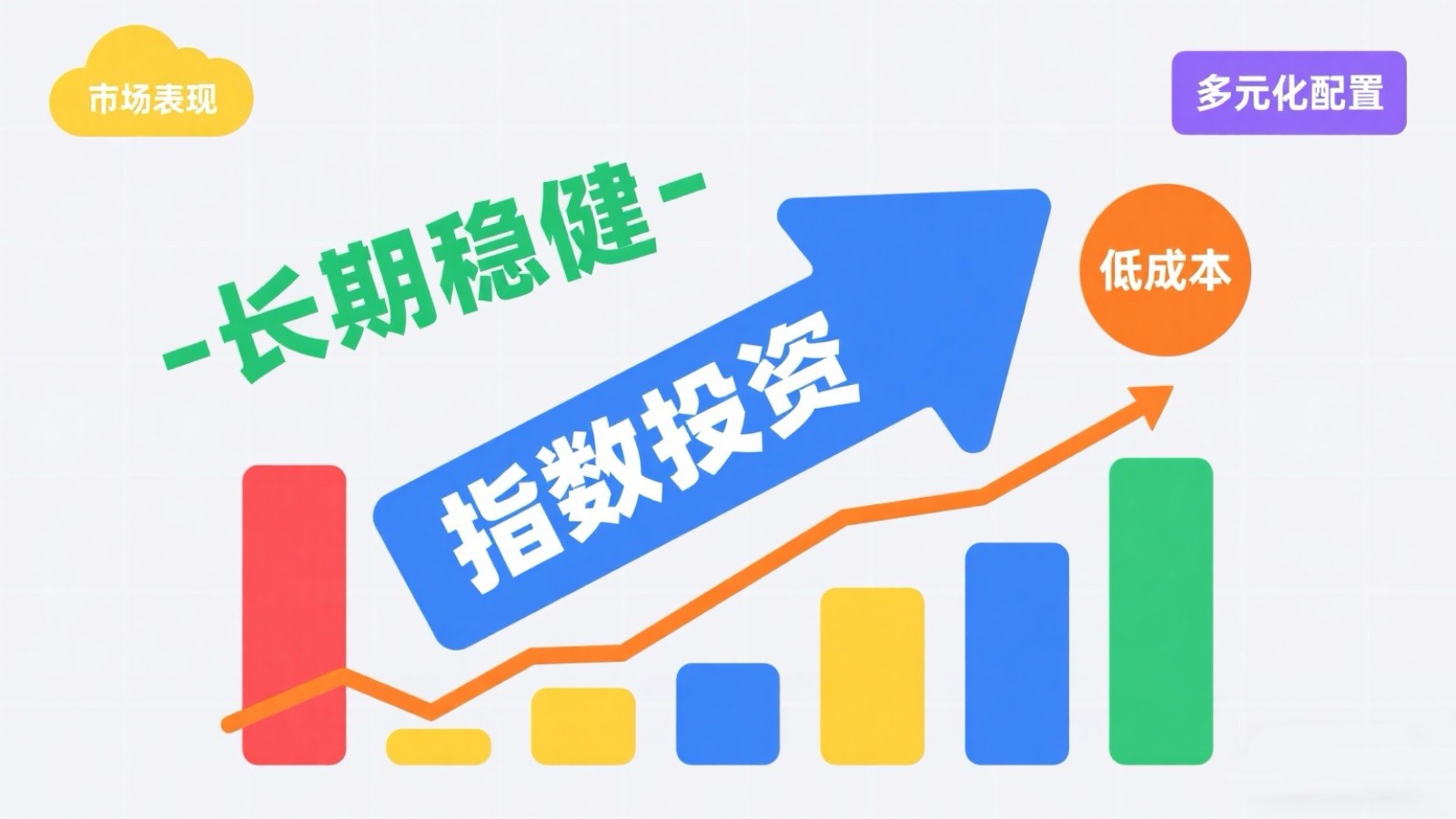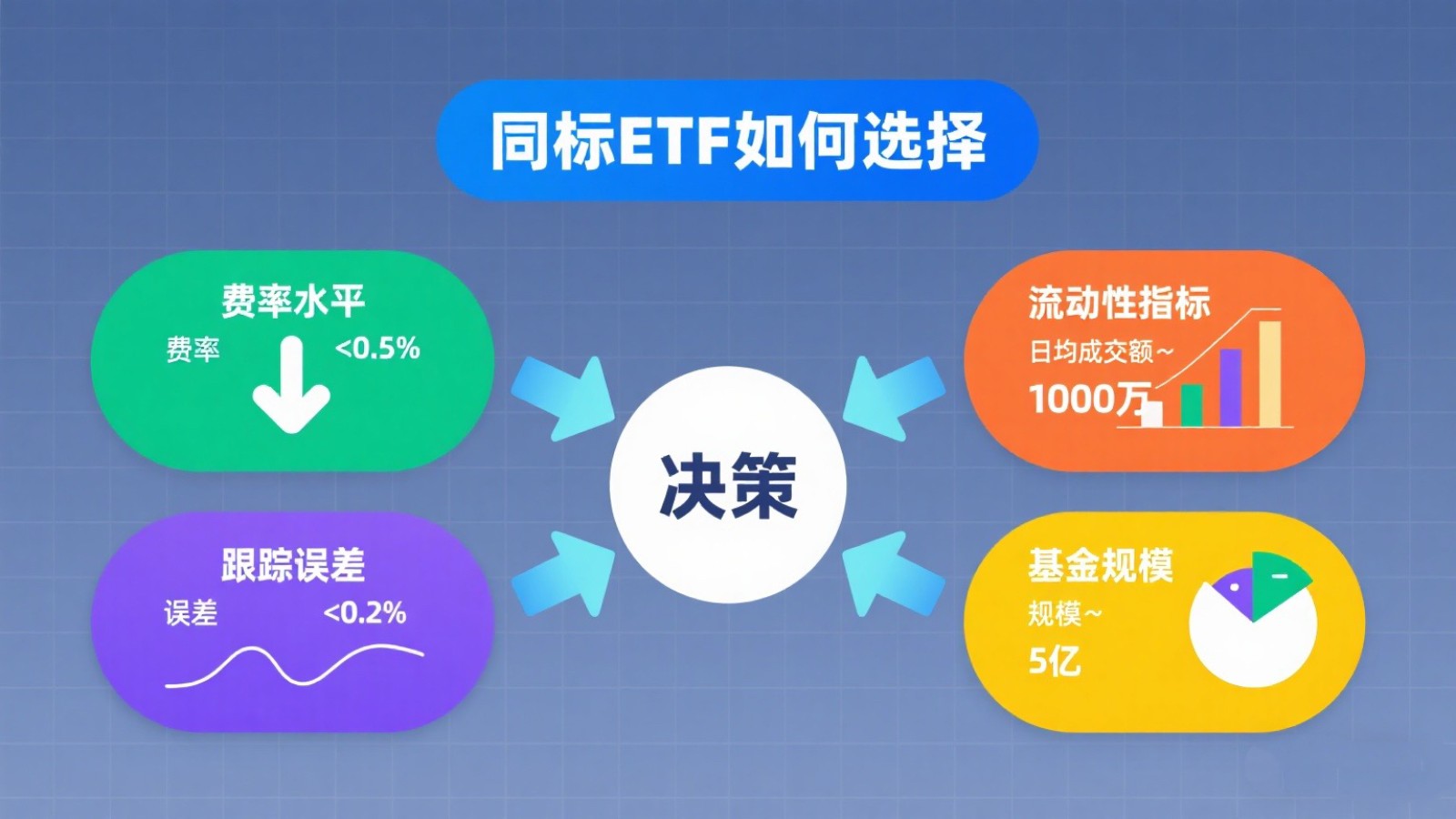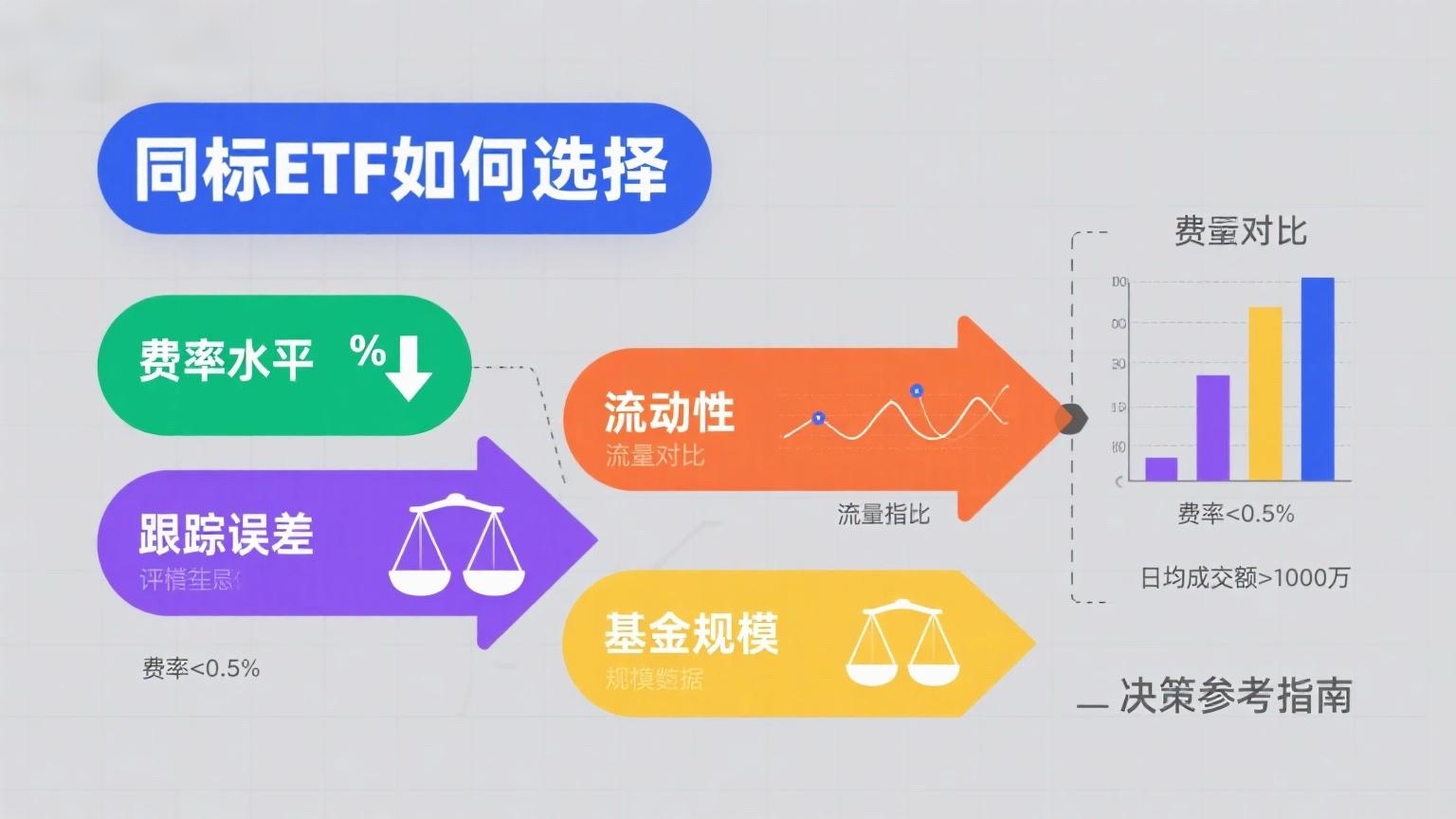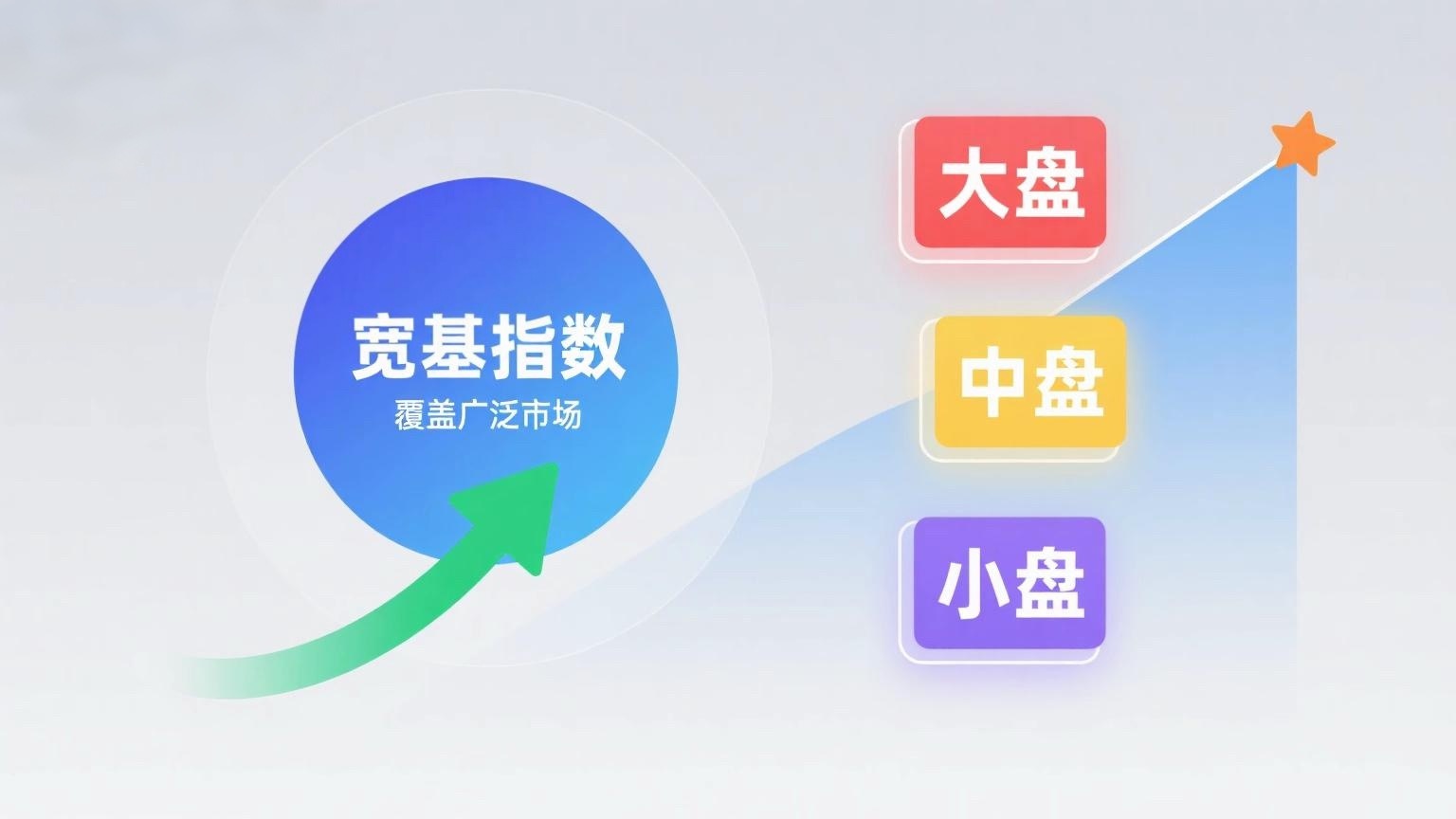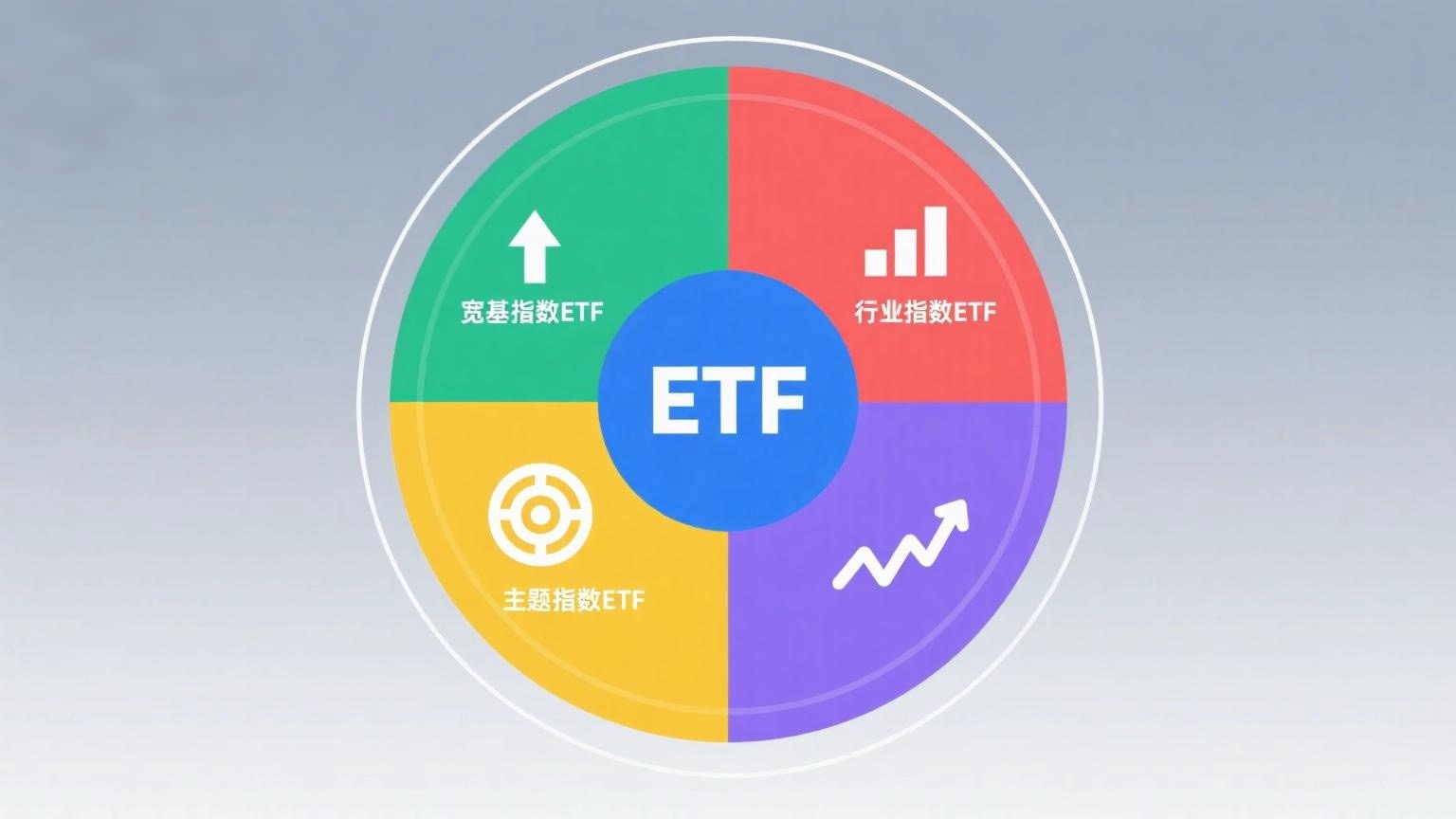
How to Choose the Right Equity Fund for Yourself?
The stock market offers high long-term returns but also comes with significant volatility. Before investing in equity funds, it’s essential to clarify your financial goals and select a suitable fund accordingly.
Step 1: Define Your Investment Goals
Based on your financial situation and family plans, you can categorize investment objectives into three common types:
-
Education Fund for Children
-
Retirement Savings
-
Wealth Preservation & Growth
1. Education Fund for Children
Education is highly valued in today’s competitive society. Providing quality education requires long-term financial planning.
Example:
-
Goal: Save ¥1 million for overseas education in 10 years.
-
Current investable capital: ¥320,000.
-
Required annualized return: 12%.
-
Strategy: Moderate risk, stable growth.
2. Retirement Savings
While social security provides basic support, a comfortable retirement requires additional savings.
Example:
-
Goal: Accumulate ¥500,000 in 20 years.
-
Current investable capital: ¥74,000.
-
Required annualized return: 10%.
-
Strategy: Low-risk, steady returns.
3. Wealth Preservation & Growth
After covering basic needs, you may aim for higher returns to fund discretionary goals (e.g., property, travel, legacy planning).
Example:
-
Goal: Grow ¥494,000 to ¥2 million in 10 years.
-
Required annualized return: 15%.
-
Strategy: Higher risk tolerance for aggressive growth.
Step 2: Match Goals with Fund Styles
Equity funds typically follow three investment styles:
-
Value Style
-
Strategy: Buys undervalued stocks (e.g., paying ¥50 for a ¥100 asset).
-
Traits: Stable returns, lower volatility.
-
Best for: Retirement savings.
-
-
Growth Style
-
Strategy: Focuses on high-growth stocks (e.g., paying ¥100 for a future ¥1,000 asset).
-
Traits: High long-term returns, higher volatility.
-
Best for: Wealth growth.
-
-
Blended Style
-
Strategy: Balances value and growth.
-
Traits: Moderate risk/return.
-
Best for: Education funds.
-







